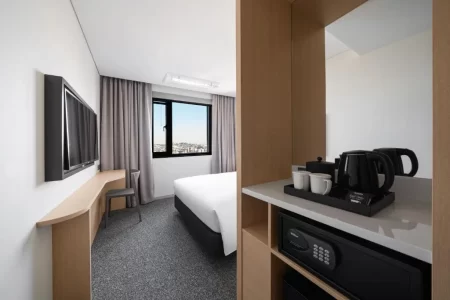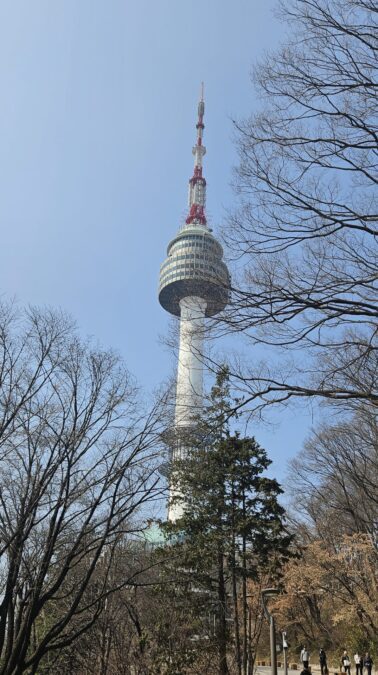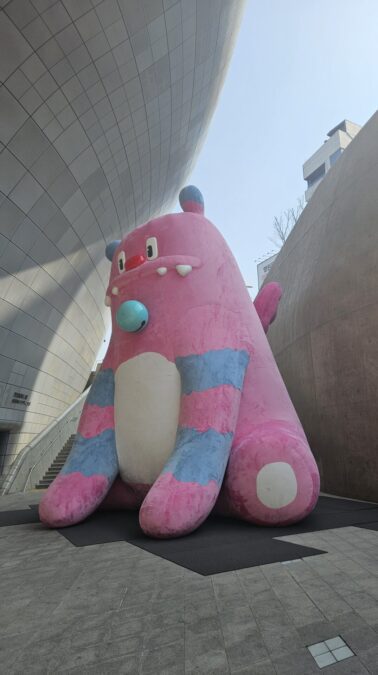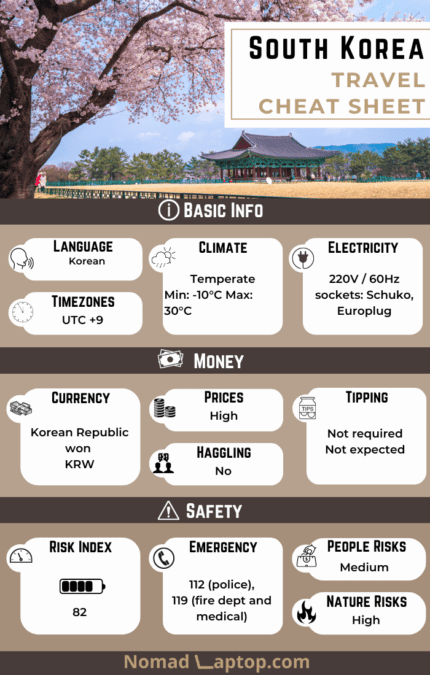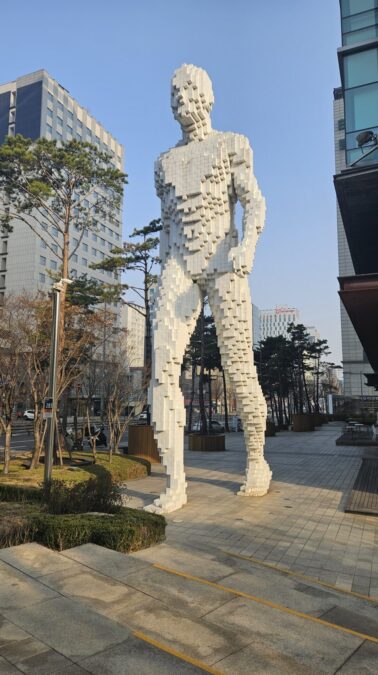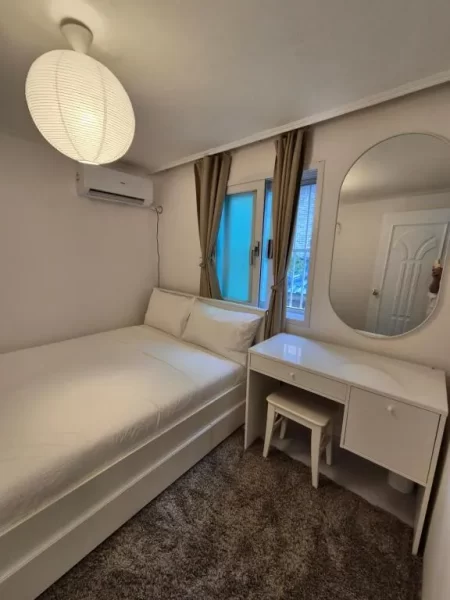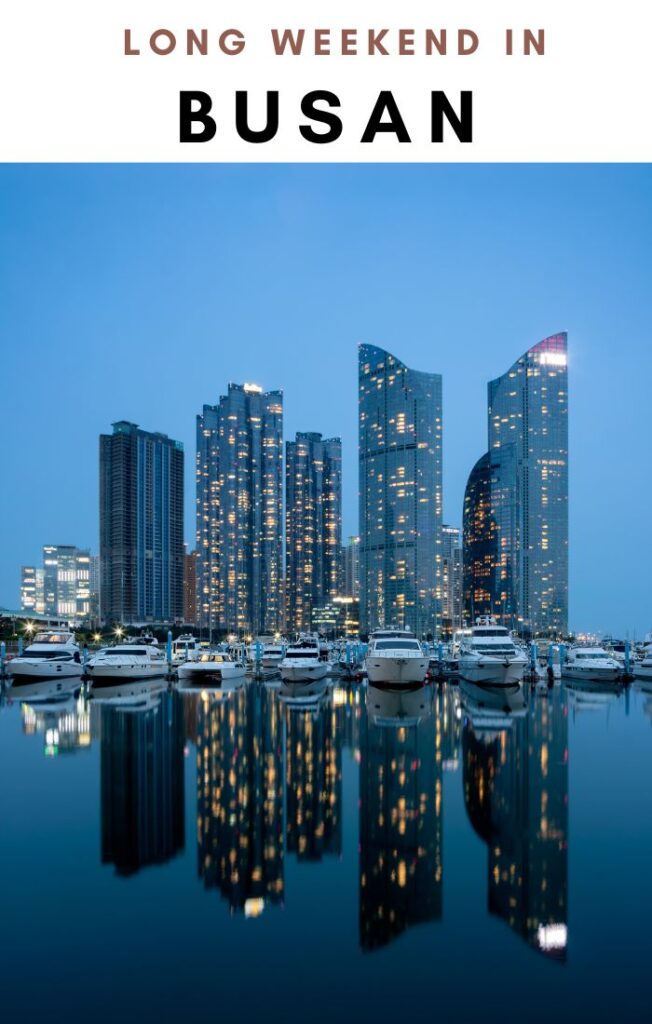Seoul, is hands down the central beating heart of South Korea. The city is packed to the brim with sights to see, activities to enjoy, and neighborhoods to explore. It is the quintessential “Asian Mega City”: sprawling, chaotic, and with cutting-edge technology that stands on ancient roots.
The largest city in South Korea truly is a city that never sleeps. It pulsates with an energy that is distinctly Korean yet globally influential, a cultural blend that somehow manages to be unique yet familiar.
A visit to this economic powerhouse center rewards travelers with bustling markets that stand alongside quiet religious temples. Vast plazas and business centers are next to ornate royal palaces. Little restaurants serve mouth-watering Korean barbecues while sitting under the shadow of modern skyscrapers.

Traditional tea houses are next door to modern art galleries and cultural exhibitions. It also offers more recent historical landmarks such as the nearby DMZ with North Korea and last but not least, hikes and trails that give visitors views of the immense, sprawling human hive.
Simply put, a visit to this eclectic capital is a must-do.
Day 3
South Korea Info & Stats
- Language: Korean
- Population: 51,966,948 (2023 est.)
- Timezone: UTC +9
- Political System: Unitary presidential republic
- Ethnic Groups: Korean 95.1%, other 4.9%
- Religions: No religion 56.1%, 27.6% Christian, 15.5% Buddhist, 0.8% other
- Currency: Korean Republic won (₩ – KRW)
- Credit Cards: Credit cards are widely accepted
- Electricity: 220 volt / 60 hertz (Schuko, Europlug)
- Tipping Customs: Not customary
- Haggling Culture: Not common
Weather
Seoul has a continental climate and as such experiences strongly varied seasons. Broadly speaking average temperatures year-round range from -8°C to 30°C.
Winters are very cold with temperatures often below freezing, while summers are hot and humid, with heavy rains due to the monsoon season.
The should seasons of Autumn and Spring are the best time to visit, offering opportunities for beautiful hikes on Namsan mountain to admire the white and pink cherry tree blossoming or yellow and red autumn foliage.
Money
The currency is the South Korean Won (KRW).
The exchange rate from US Dollars is: 1,328
Credit Cards are widely accepted. ATMs are commonly distributed around the city.
Prices: South Korea is an expensive country, and the capital Seoul, is the most expensive city in the country. According to the Mercer Cost of Living City Ranking (updated 2024), Seoul ranks 32nd worldwide in terms of most expensive cities to live in (in 2023, it ranked 16th)
Tipping: Like other far-east countries, such as Japan, tipping is not practiced, and doing so can actually be considered rude. Service is expected to always be exceptional and if paying in cash, change will always be exact and you are expected to not leave anything behind.
Entry Requirements
South Korea has distinct visa requirements based on country of origin and citizenship.
Click the map to see details on visa requirements for each country
Alternatively, input your passport citizenship and quickly see the requirements that apply to you:
Getting around
The Seoul Metropolitan Subway is one of the most extensive and reliable systems in the world and connects most parts of the city and beyond, with signs and announcements in Korean, English, Chinese, and Japanese. The T-money card can be used to pay for rides seamlessly.
There is also an extensive bus network, which is categorized into four types: blue (long-distance intercity routes), green (local routes), yellow (neighborhood loops), and red (express services to and from the suburbs). Also here T-Money cards can be used or the fares can be paid in cash upon exiting from the front of the bus.
Taxis are also widely available and can be booked online with the app KakaoTaxi. Uber is also available, which is automatically converted to the local UT. Tada is also a popular ride-sharing app.
Another popular transport is bicycles, especially on the coastal side and seaside promenade. “Ddareungi” is the most popular bike-sharing service.
Exploring the city on foot, as I often do, is a wonderful way to get up close and personal with the streets, neighborhoods, and markets. Central neighborhoods such as Myeongdong, Insadong, and Hongdae have very pedestrian-friendly streets, and many attractions are close together.
Much like neighboring Japan, the railway system is stellar, and the KTX (Korea Train Express) allows for quick and seamless travel to places outside of Seoul.
Safety
South Korea is extremely safe. That being said, Seoul is the largest city in the country and pickpocketing can still occur in major tourist places. Also, South Korea has one of the largest numbers of traffic accidents for a developed country so keep your wits about you when wandering around.
Natural risks: The only natural risk is posed by earthquakes which however are often mild.
Emergencies numbers: 112 (police), 119 (medical services and fire department)
Tips & Impressions
Despite coming from a month-long camping exploration of New Zealand where I often encountered cold weather, when I arrived in Seoul, I was completely unprepared for the cold of its northern weather, despite being late March. Therefore, depending on the season, dressing in layers is key, as the mornings and evenings can be quite chilly when the sun is not at its peak.
As would be expected from such a high-tech city, public Wi-Fi is ubiquitous and fast (and also a welcome perk coming from New Zealand and Australia, where Wi-Fi is notoriously intermittent or completely absent).
The subway system is stellar, with announcements in Korean, English, and Chinese. It is also quite cheap considering the high prices of Seoul, with a standard fare ticket of just under 1$.
Deals for Seoul
Where to stay
I stayed in Dongdaemun at the Nine Tree Hotel Dongdaemun ($$$).
The room was essential and modern, as would be expected and the location is perfect, close to the Design Plaza and within walking distance of the Insadong neighborhood to be able to explore the many historical sights
